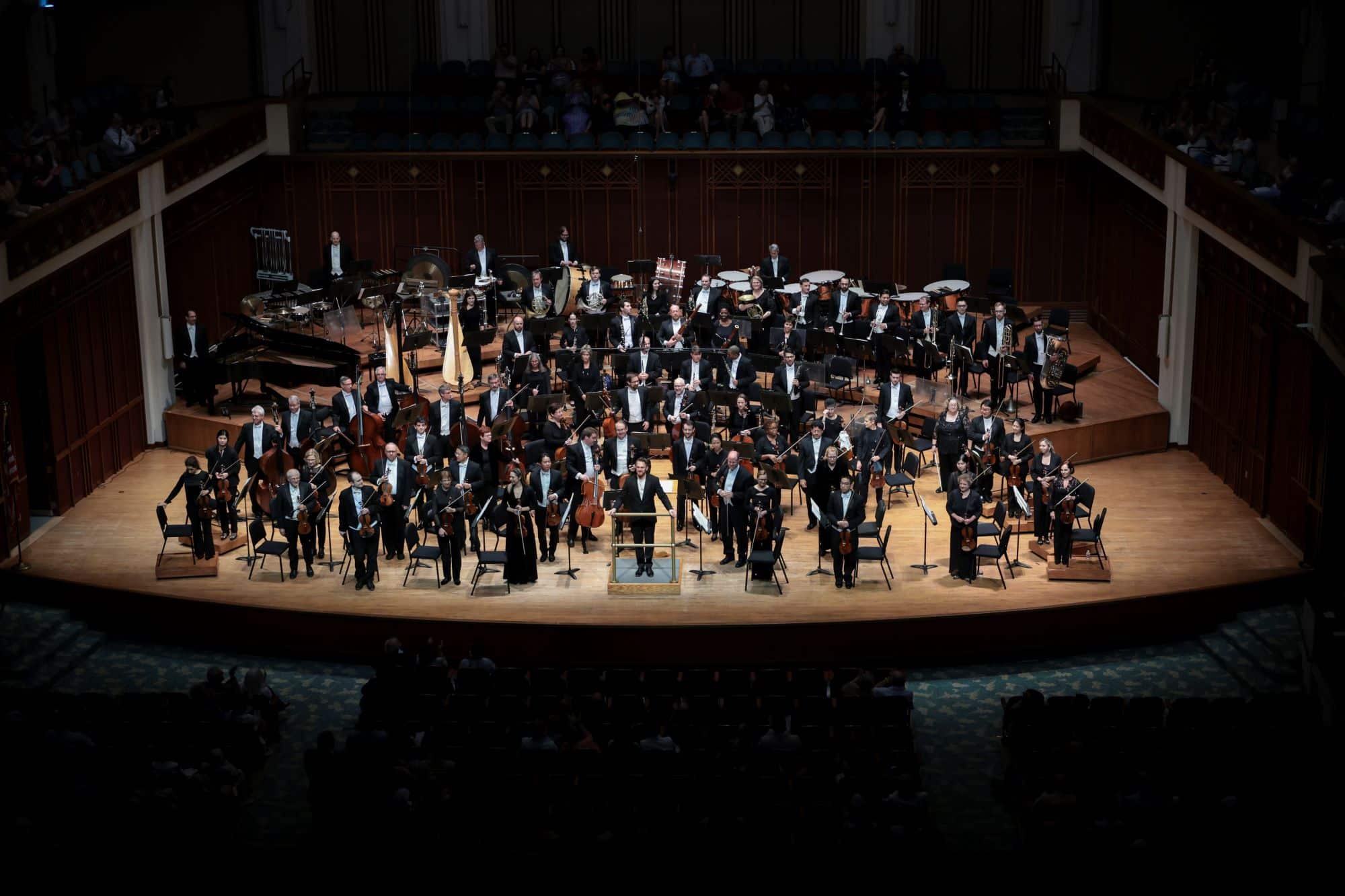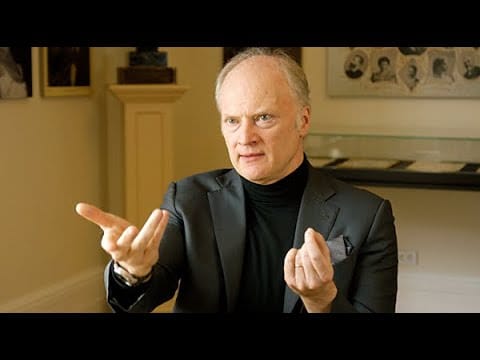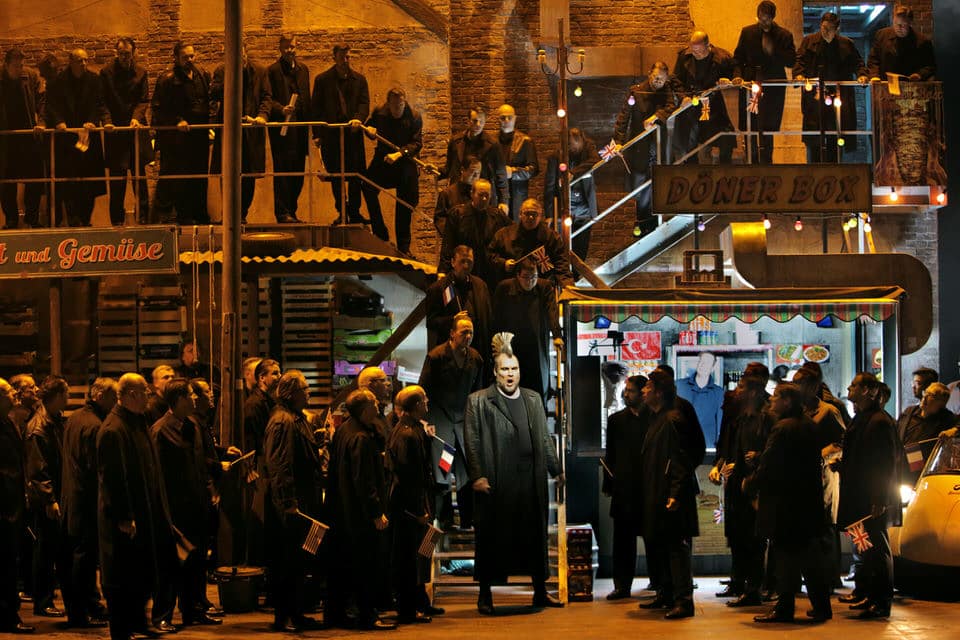Slippedisc daily comfort zone (47): Smooching with Schoenberg
Daily Comfort ZoneThis Oslo Phil series is a revelation.

This Oslo Phil series is a revelation.
They’re not quite sure what’s hit them in…

The Italian conductor Gianandrea Noseda has extended his…

It became known today that Graham Parker has…

We understand that Jörg Golombek, a leading tenor…

Session expired
Please log in again. The login page will open in a new tab. After logging in you can close it and return to this page.
Comments